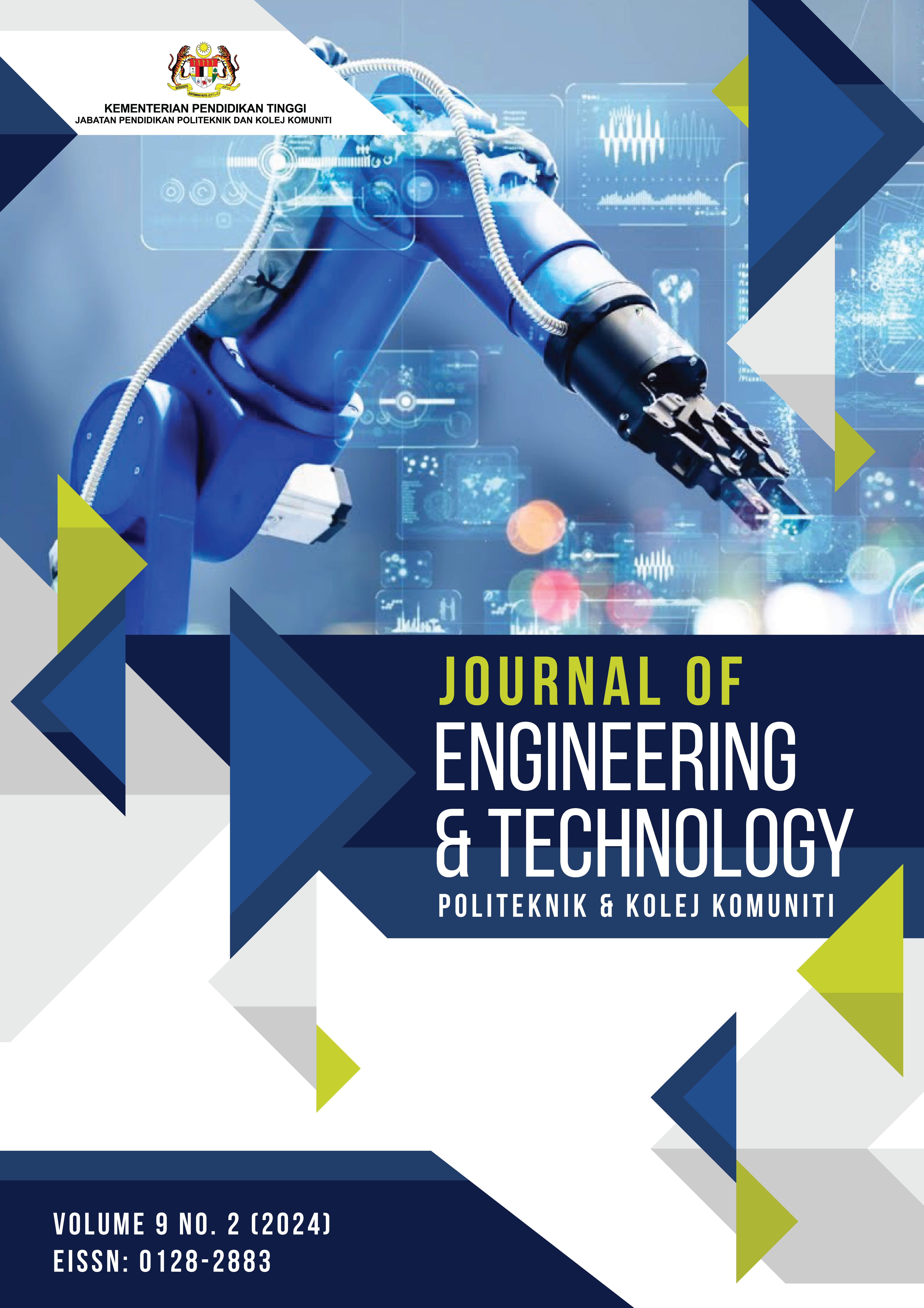Characterisation of Adsorption Inhibitors of Cacao Peel Extract to Protect the Rate of Corrosion on Steel Surfaces
Keywords:
Adsorption, Cocoa Skin, Steel Corrosion, Eco-friendly Inhibitors, Density Functional TheoryAbstract
Research has been conducted to investigate the use of biomass waste inhibitors derived from cocoa pod extract to reduce steel corrosion rates. Steel samples were pre-soaked in the inhibitor for 24, 72, 120, and 168 hours, followed by immersion in a corrosive HCl medium for 48, 96, and 144 hours. The corrosion rate was evaluated using the weight loss method, optical microscopy, scanning electron microscopy (SEM), and atomic force microscopy (AFM). Additionally, X-ray diffraction (XRD) phase analysis and Density Functional Theory (DFT) were employed to examine the HOMO/LUMO contours, molecular geometry, and structure. The weight loss method yielded the best results, with the lowest corrosion rate of 0.2972 mg/cm²/hour and inhibition efficiency of 74.71%, observed when the steel was soaked in the inhibitor for 168 hours and immersed in HCl for 48 hours. Morphological analysis using optical microscopy and SEM revealed that longer immersion in the inhibitor resulted in a smoother surface with fewer cracks. XRD analysis identified four distinct peaks corresponding to crystalline Fe and C phases, indicating reactions between the steel surface and the inhibitor. AFM analysis demonstrated a strong correlation between the duration of immersion in the inhibitor and the extent of adsorption on the steel surface. The DFT analysis showed that a molecule’s corrosion inhibition potential increases with higher EHOMO values, as this facilitates electron transfer to the steel surface. The optimization and computational analysis of tannin components interacting with the steel surface revealed a high inhibition efficiency of 80.21% for the cocoa pod extract inhibitor, suggesting its potential as an effective and sustainable solution for industrial corrosion control. These findings highlight the need for further optimization and scalability studies, with implications for the widespread use of natural inhibitors in various corrosive environments.
Downloads
Published
How to Cite
Issue
Section
License
Copyright (c) 2024 Politeknik & Kolej Komuniti Journal of Engineering and Technology

This work is licensed under a Creative Commons Attribution-NonCommercial-NoDerivatives 4.0 International License.







